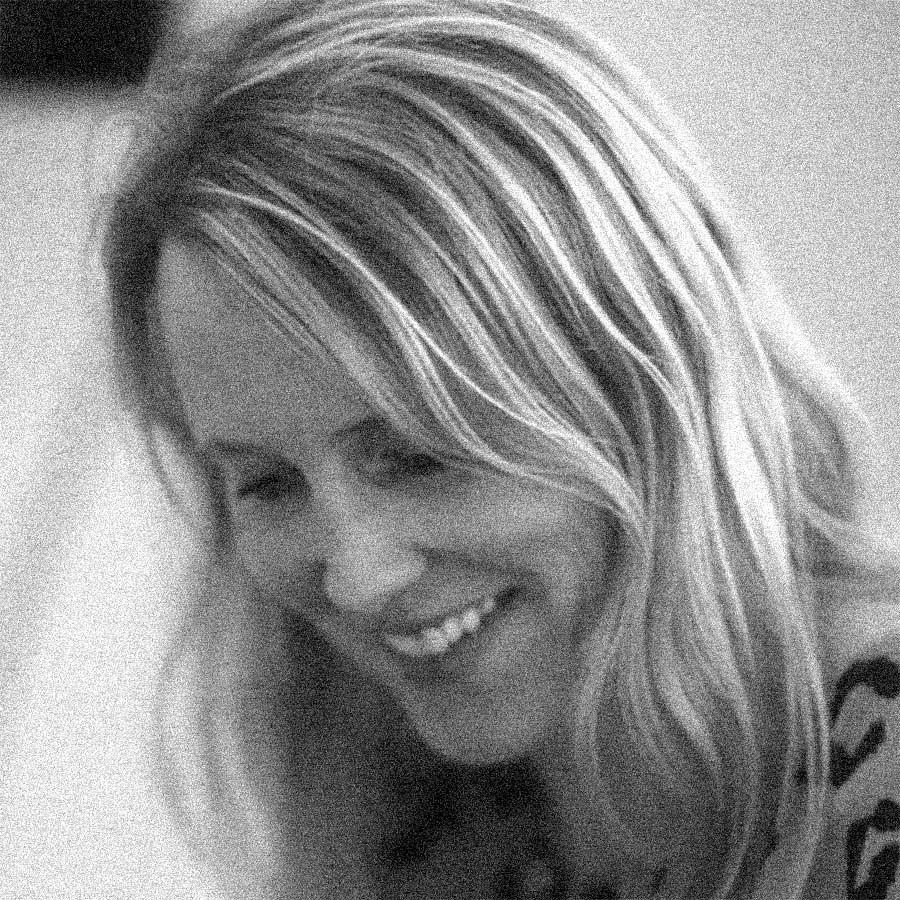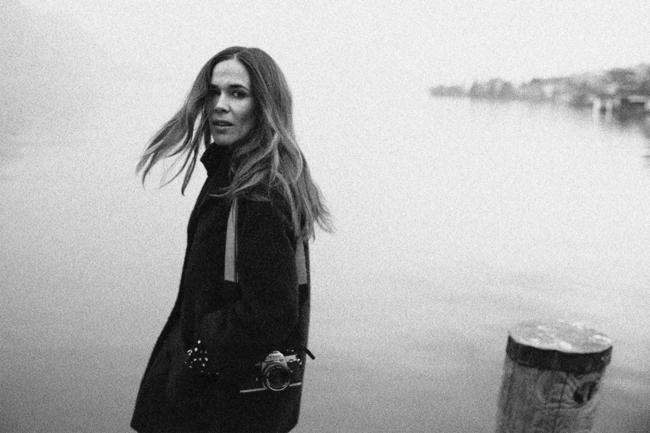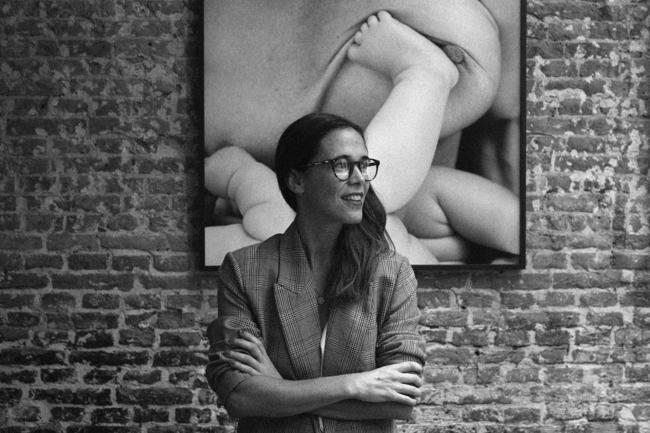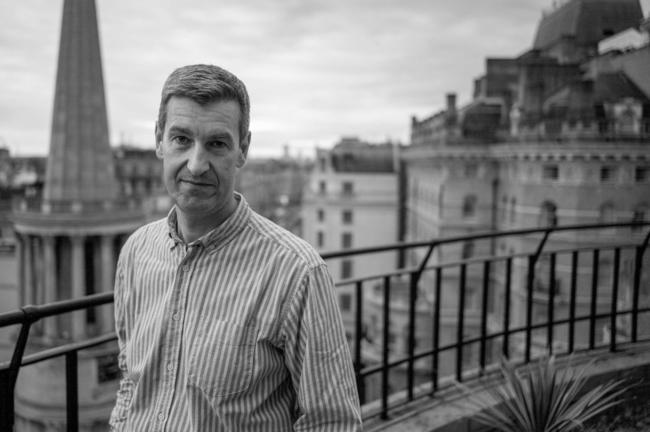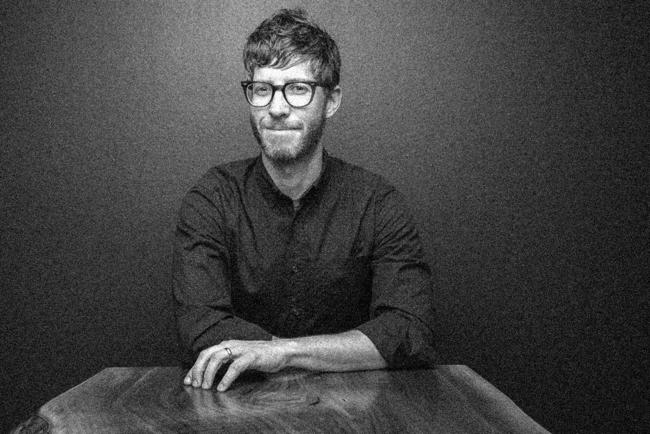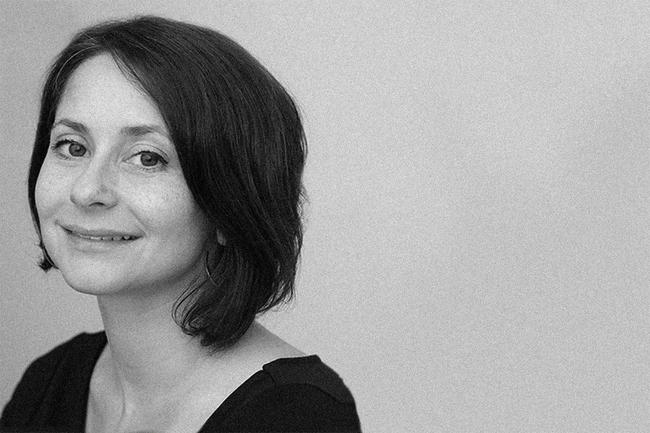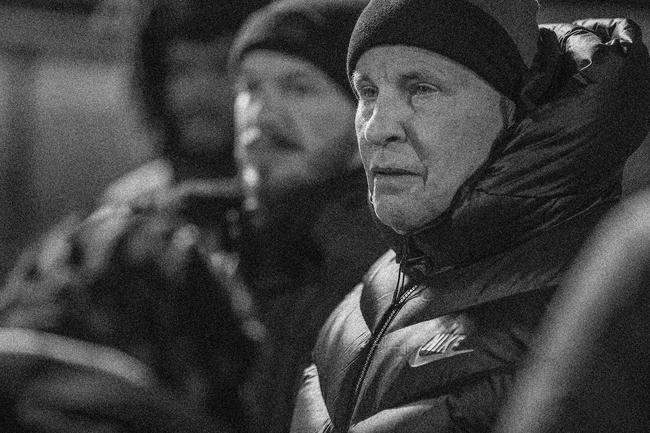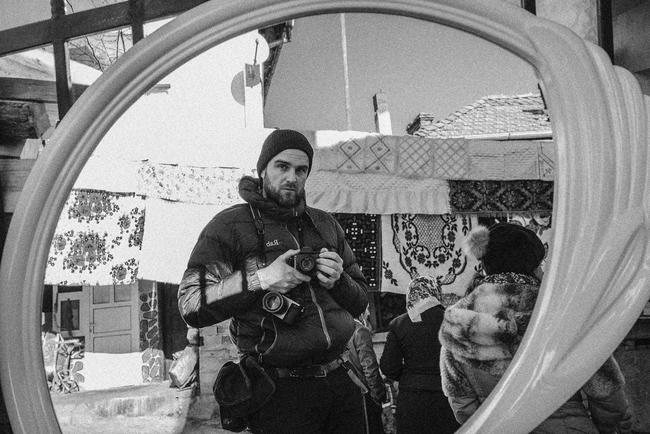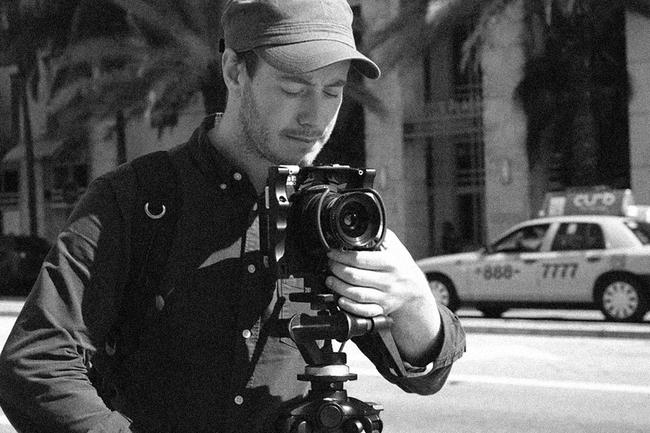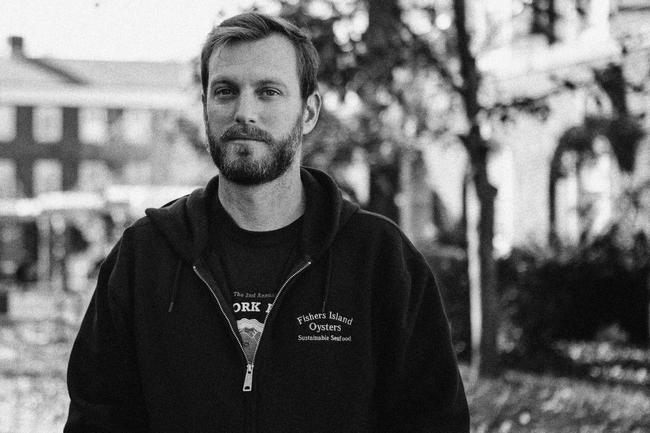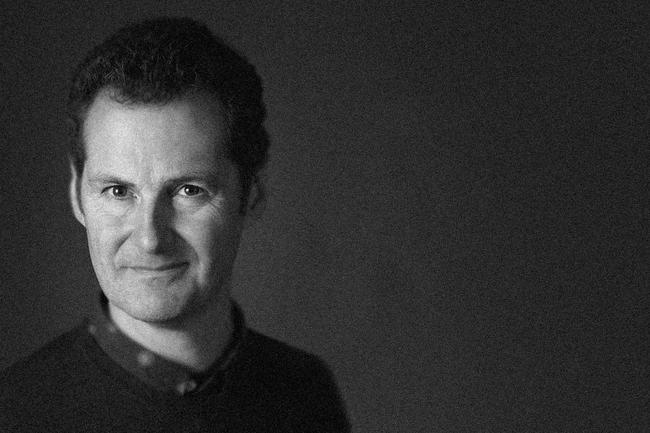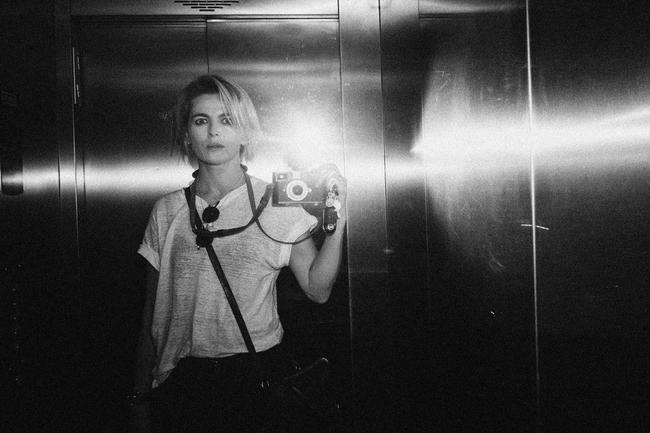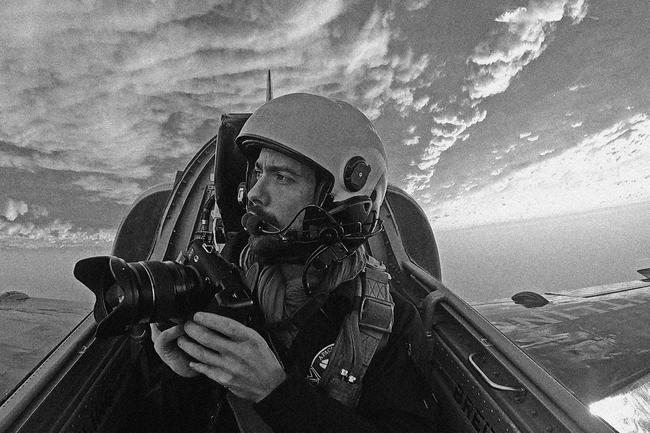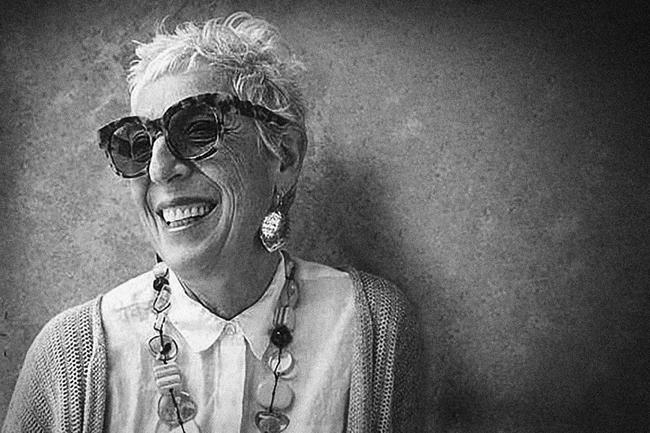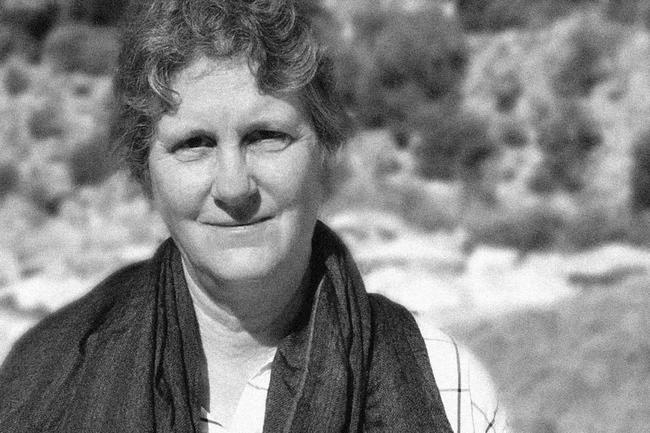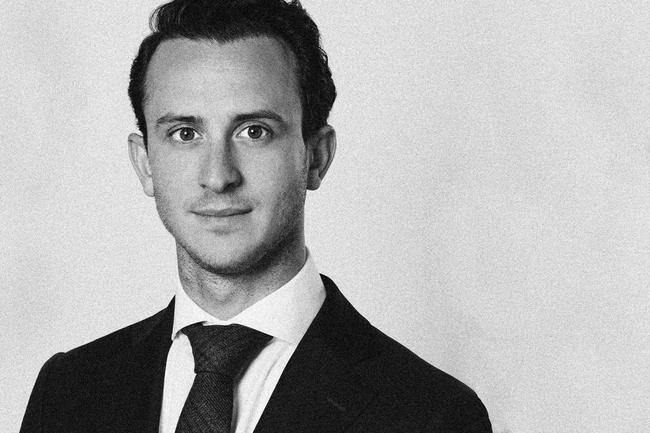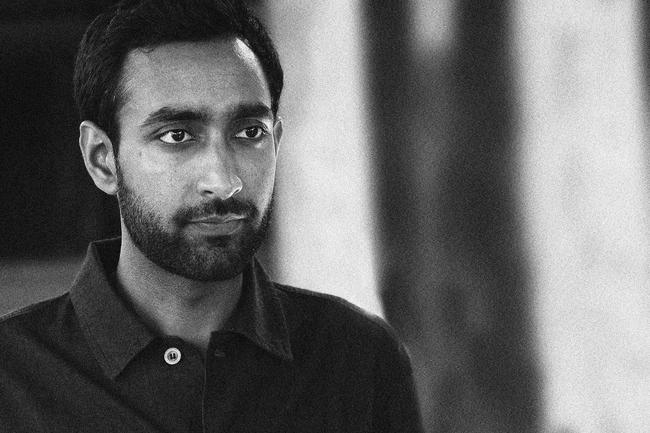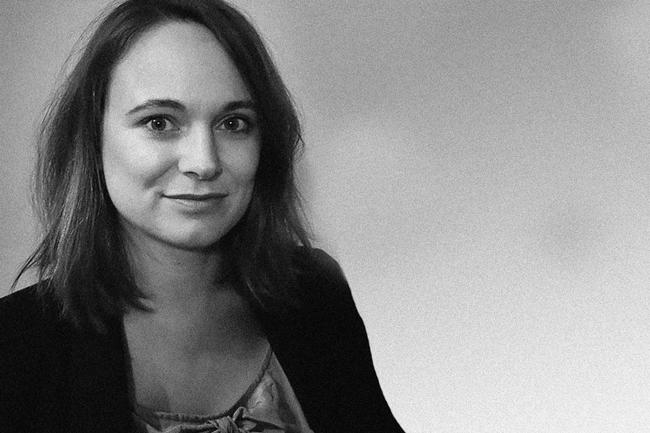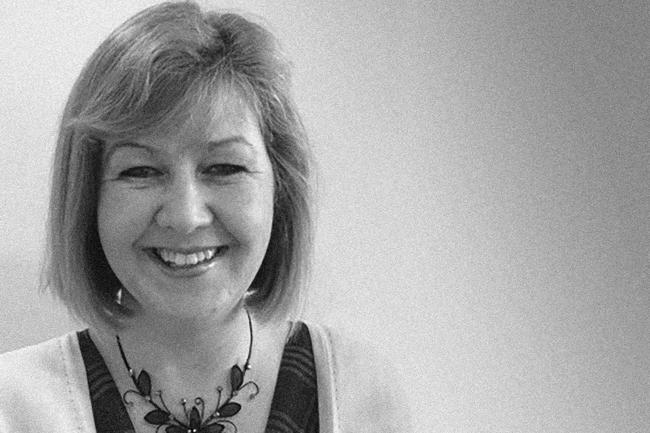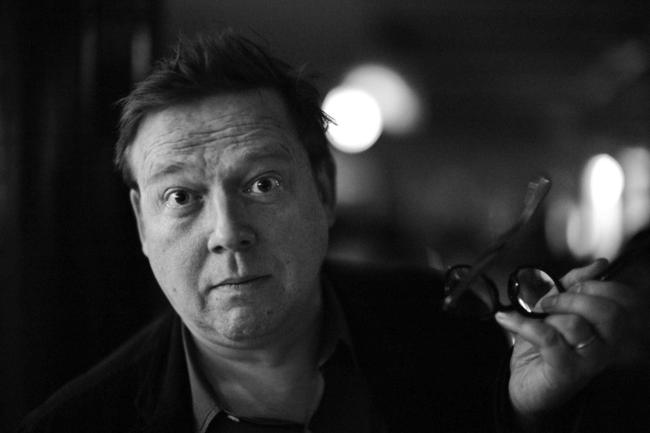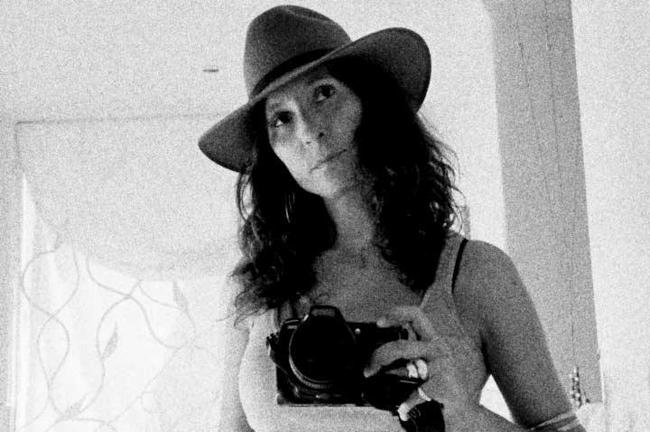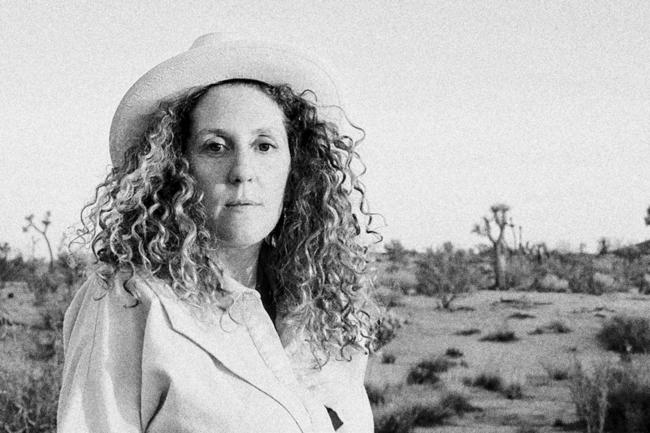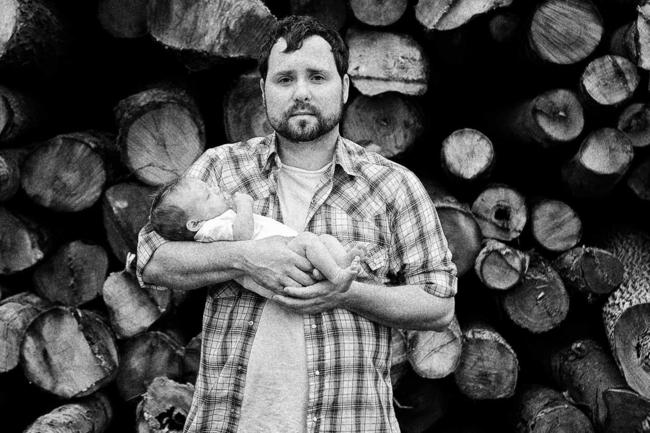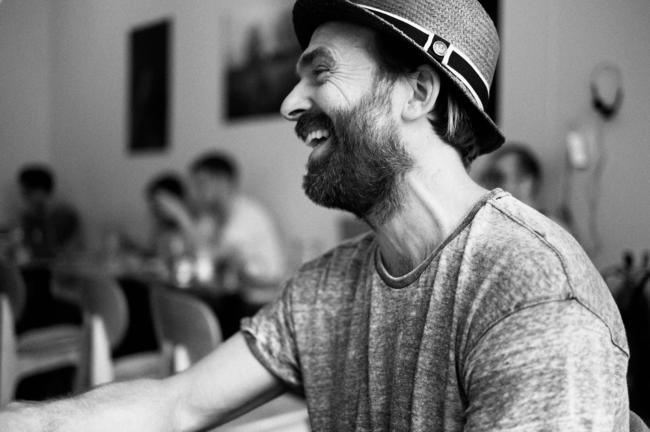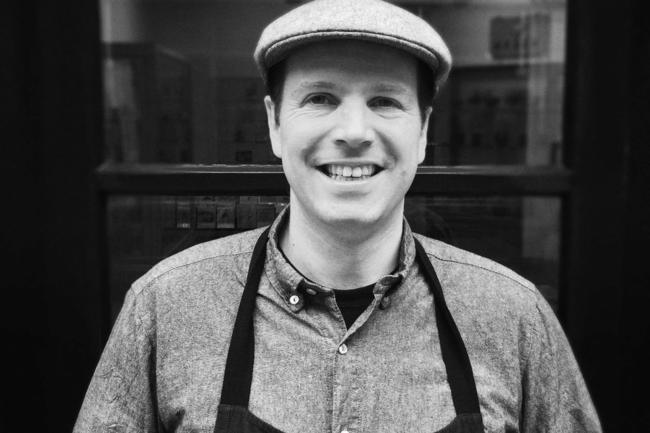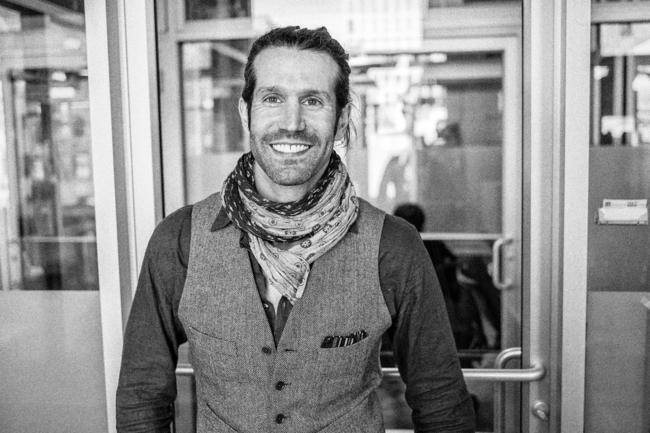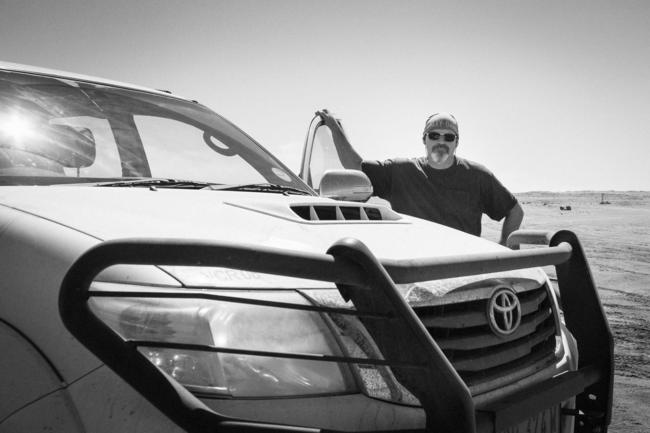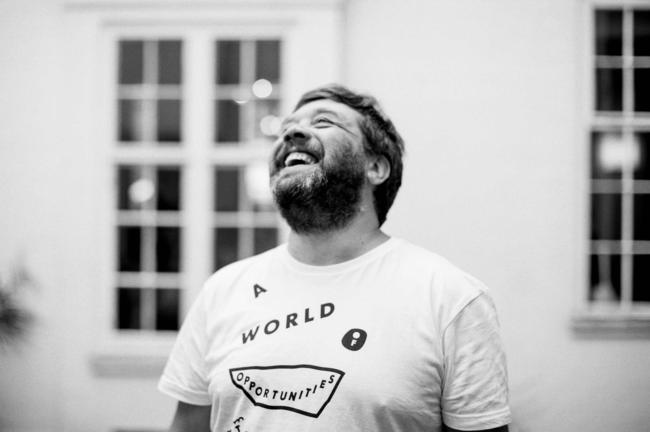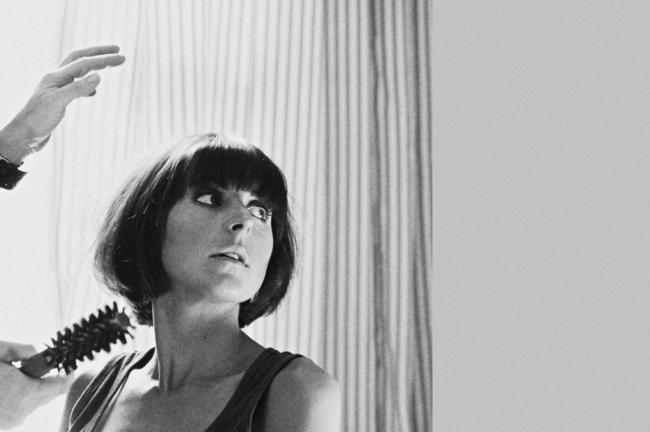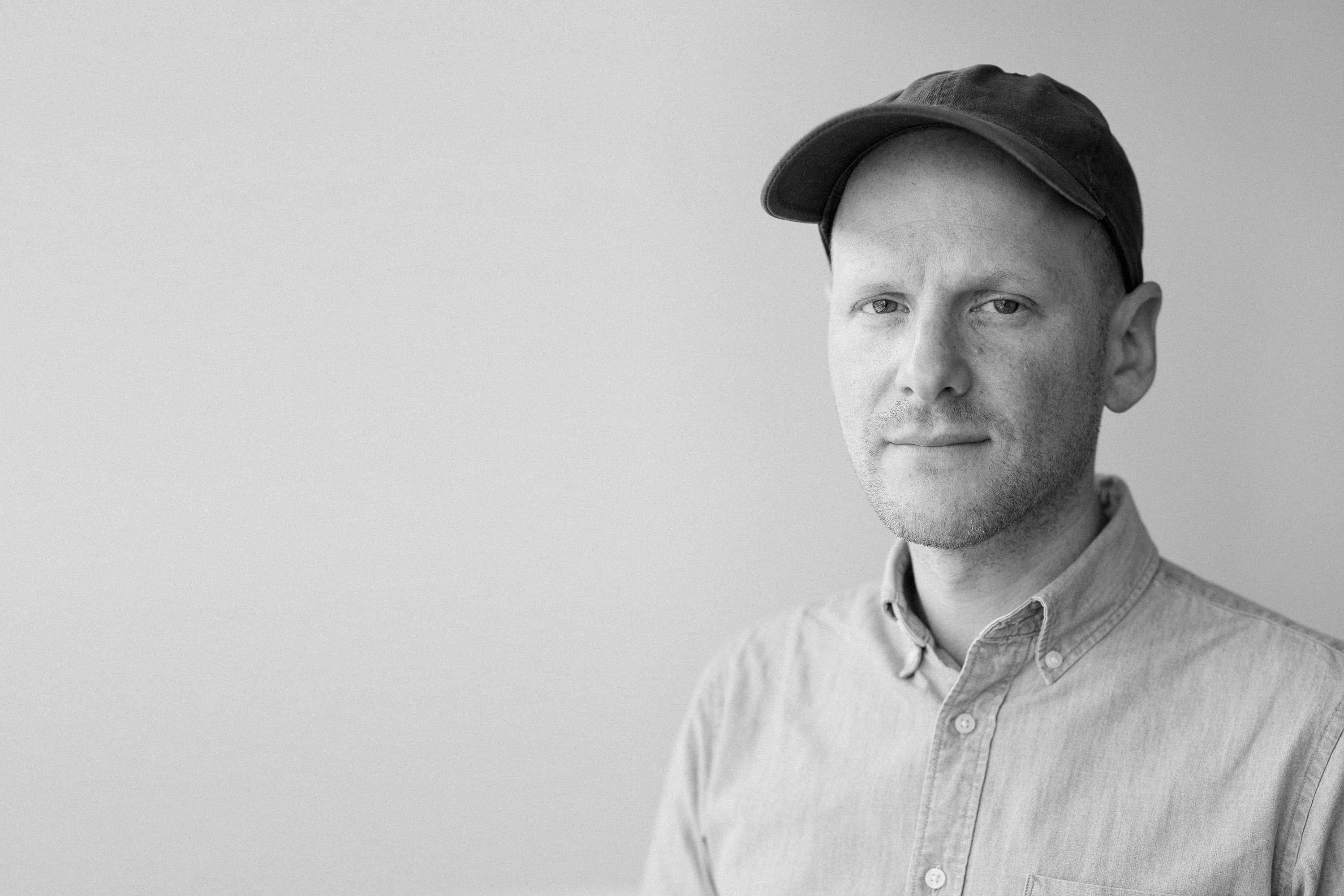
Conversation with
Noah Sheldon
Noah Sheldon likes showing his vision of the world to people. He is drawn to the idea of a historical record, feeling a little like an archivist and documenting the passing moments of time. His photos have a purity and clarity that is at once both intense yet honest. Ensuring there is no distortion in his images is important to Noah – he wants to present things as you see them but still with a heightened sense of incredible detail.
Noah lives between New York and Shanghai, working as a local in each. Like many others in his trade, his life is rich with travels. His commercial work has taken him everywhere from the Arctic to Africa and tiny Indonesian islands. He says having a camera is the greatest excuse to have the best seat for the most amazing events – for life.
How did you get into photography?
When I was a kid, music was all I wanted to do and I ended up going to music conservatory. But then my mom passed away when I was 15. In the days afterwards, I didn’t want to talk to people but what I took a lot of comfort in, and was amazed at, was the family photo albums she had put together: how in an instant they turned into these really weighty documents (emotionally). Very quickly music somehow seemed way too ephemeral and fleeting. And I got really interested in the power of photography and kind of obsessed with just documenting everything. So I left music school but got really lucky with a music scholarship to Sarah Lawrence, a top liberal arts school in New York, where there was a great photography professor, Joel Sternfeld. I then had the fortune of classes with Stephen Shore [Stephen and Joel are known for their pioneering use of colour in art photography] and Larry Fink up at Bard College.
You’re now the third Tea & Water photographer whose beginnings were in music. It’s a really interesting coincidence.
I think there are a lot of similarities between music and photography; there’s a similar obsession with time, for example.
So how did things start to move forward for you?
While I was in college I had to take some time off to make some money. I started getting little photographic jobs. But I still wasn’t sure what I wanted to do with my life. I was doing a lot of art, sculpture and videos. And I didn’t really discover commercial photography until my late 20s.
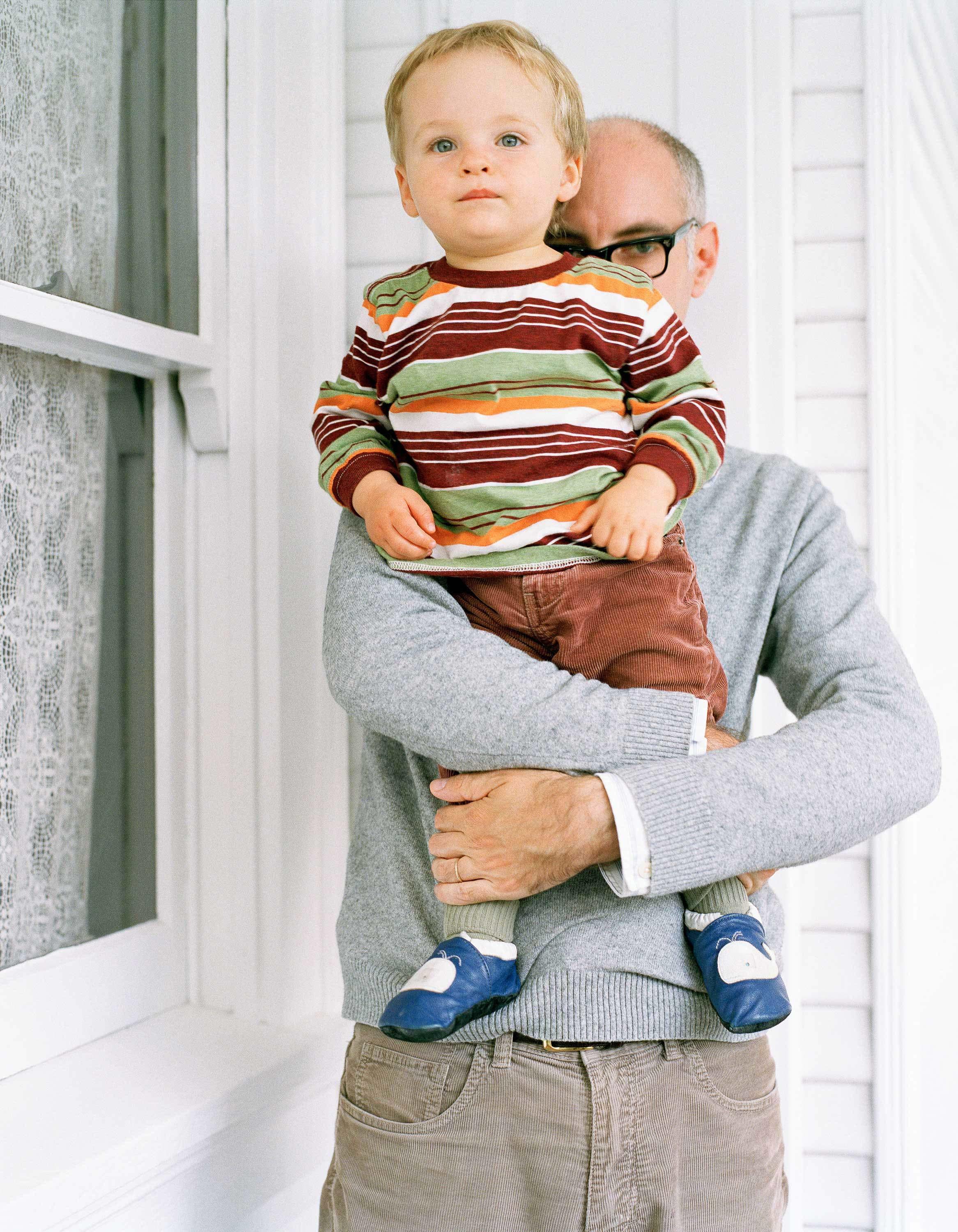
So was there a moment where photography came into the foreground?
Around this time, I was hired to do architectural coffee table books. I spent 18 months driving around the US taking pictures of houses. Before that I was too shy to ask to take someone’s picture. I thought portraits of strangers were a really awkward, complicated thing. Though I love architecture, working an architectural photographer was a really lonely lifestyle. At the time, the Iraq War had started. I remember being at a truck stop in the middle of Texas. CNN was on the TV and they were showing the massive bombing campaigns of ‘shock and awe’. People around me cheered, I was horrified and felt so alone. It was a bit of an awakening. I suddenly wondered what I was doing standing in people’s living rooms, taking these ridiculous pictures of interiors. Back in New York, I knew there was something I needed to change about my life. I needed to take pictures of people. As a way of getting over my shyness, I gave myself an assignment of approaching people I wanted to photograph. The more awkward I felt about asking them, the more I forced myself to take their picture. In the beginning, I would follow people for a long time before I got the courage to ask them. It was before everyone had camera phones and took selfies so there were a lot less photos in the world. And when I’d ask people, I had this huge camera, and they almost always said yes. It was a really nice way to experience the world and connect with people. It just got easier and easier. I did that for about a year, almost daily. I still do it often; it’s a great way to interact with the world and people around you.
As you say, it’s a good exercise and initiation into that world.
Having a camera is the greatest excuse to have the best seat for the most amazing events – for life. It’s phenomenal; I get to witness so many incredible things. It really is a gift.
So your people-tailing got you going on that road. And from there, what happened?
I kept doing work for myself with really no idea what it would ever be for. Slowly I built a portfolio from those portraits. Julian Richards [a successful photo rep] saw a particular portrait from that project he liked, and wanted to see more. We talked and decided to try working together and that was that. It was a great introduction to the world of commercial photography.
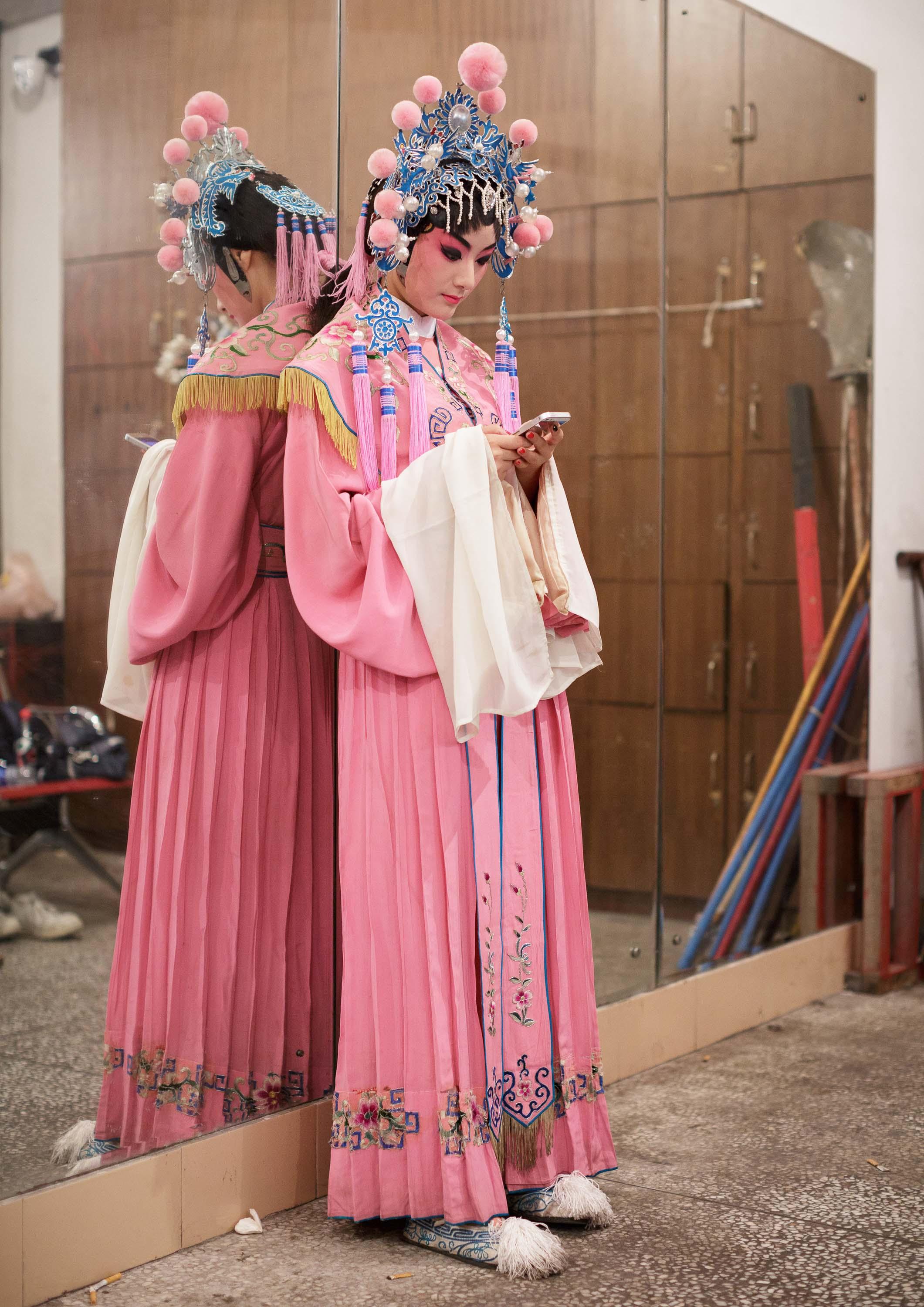
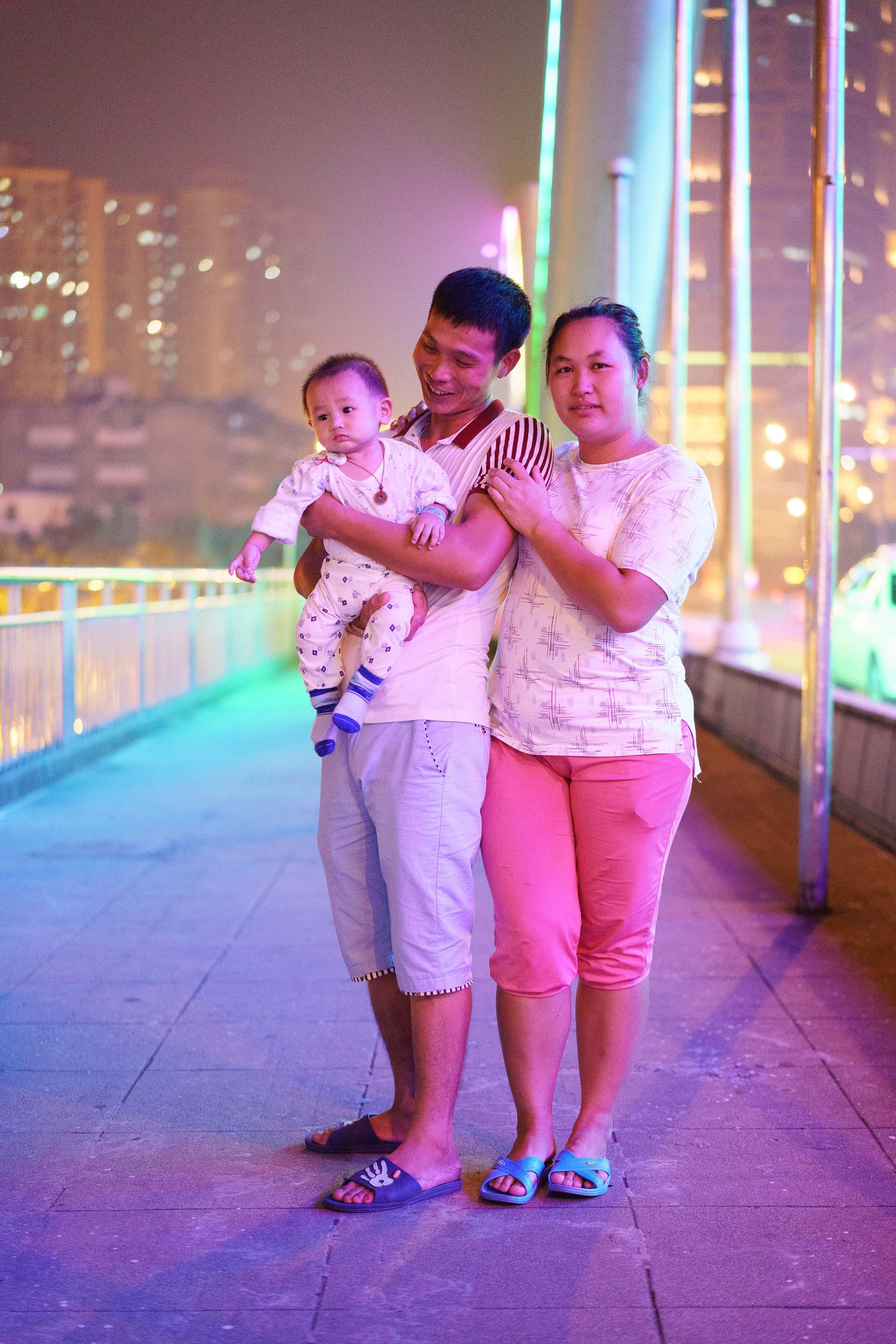
Can you share a good story from some of your experiences?
Pretty early on, Apple asked if I had any interesting nature pictures. I had done a show for a gallery in New York City where I retraced a car trip I took as a kid with my family to upstate New York, then Montreal and Niagara Falls. As a little kid I remember being in the back seat of the car, and I tried to recreate and re-find these visual memories. My childhood memories were of the light on the windshield, dust in the air, snow on the rocks. One of the pictures I took when retracing the trip was of raindrops on a windshield. This became the default image on the iPhone and iPad for two years. That was an absolutely surreal experience to all of a sudden see this very personal visual memory recreated from my childhood showing up on people’s iPhones and iPads, everywhere.
Wow, what a strange but amazing feeling to have something like that shared with the world. A little piece of you on everyone’s smartphones – like in a 100 million places.
Would you say you now have a signature style or vision with your commercial photography?
I love simplicity and authenticity. I really enjoy working in a documentary approach. There is nothing better than when you fully believe in the work you are doing. That’s the most I can ask for. One of my specialties is working with corporations and NGOs on corporate/social responsibility work focused around issues of labour and the environment. I spend a lot of time on supply chains, with labour auditors, environmental engineers, health and safety specialists and, most importantly, listening to workers. For this kind of work to be successful it’s important that these aren’t just greenwashing campaigns. The best is when these projects come from, and are supported by, senior executives. I have had the privilege a couple times in my career to have worked as the eyes and ears of CEOs of Fortune 500 companies. It’s an incredible opportunity to be able to walk into a factory that is normally off-limits to cameras and have the blessing of the CEO to photograph anything I want, warts and all. That’s a great example of what Tea & Water Pictures wants to do: for the photographer to become a partner with your client. And as the person on the ground, I’ve been able to come up with amazing realisations.
I’ve somehow become this sort of expert on global supply chains and labour issues. Seeing a factory in say Brasil versus one in Thailand or Indonesia, the U.S. or France, they are all dealing with very different labour issues so it’s pretty fascinating to see what they’re doing well and what they could do better. You also get to appreciate how complicated the issues are. When you see the media try to write about labour in China, for example, there is just so much context that is not revealed. I think often when western media deals with China and Asia in general, it focuses so much on the masses, and I think it’s very important to focus on individuals.
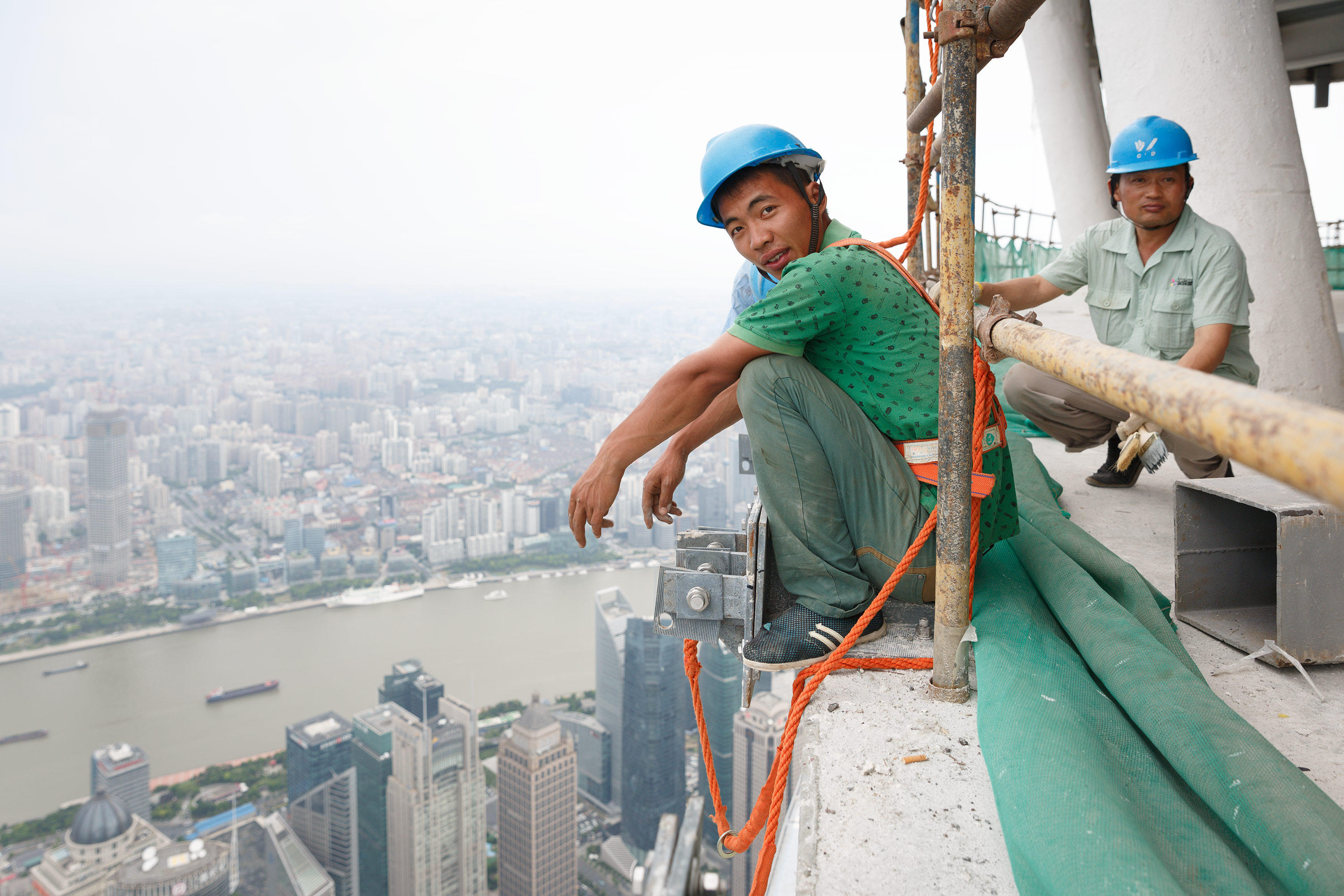
Tell us a bit about the Shanghai Tower project. The images of the building, the work at height, are all incredible. But you’ve also got these amazing portraits of the workers. What a privileged place to be to really get behind the scenes.
That was an interesting project because I was hired to photograph the construction of the building for the architects. As a government-owned building it is very significant – it’s the tallest in China and second tallest in the world. It was planned in the 1990s, when that area used to just be swamp land, there was nothing there. But there was a vision for all these towers and the significance of it all. The workers who actually construct these buildings are migrants from outside Shanghai, from the countryside. They come in big packs from the villages, work for a couple of years, and then go back home or to the next construction site. While I was shooting Shanghai Tower, I found that the only ‘sensitive’ thing was taking pictures of the workers. The government minders really didn’t understand why I was interested in taking these photos, they were uncomfortable with it. So to get those portraits I showed up on a day when I wasn’t supposed to be there and waited outside the gates when everyone finished work. That was an amazing experience, and I think it was very different to how other people in China photographed that project.
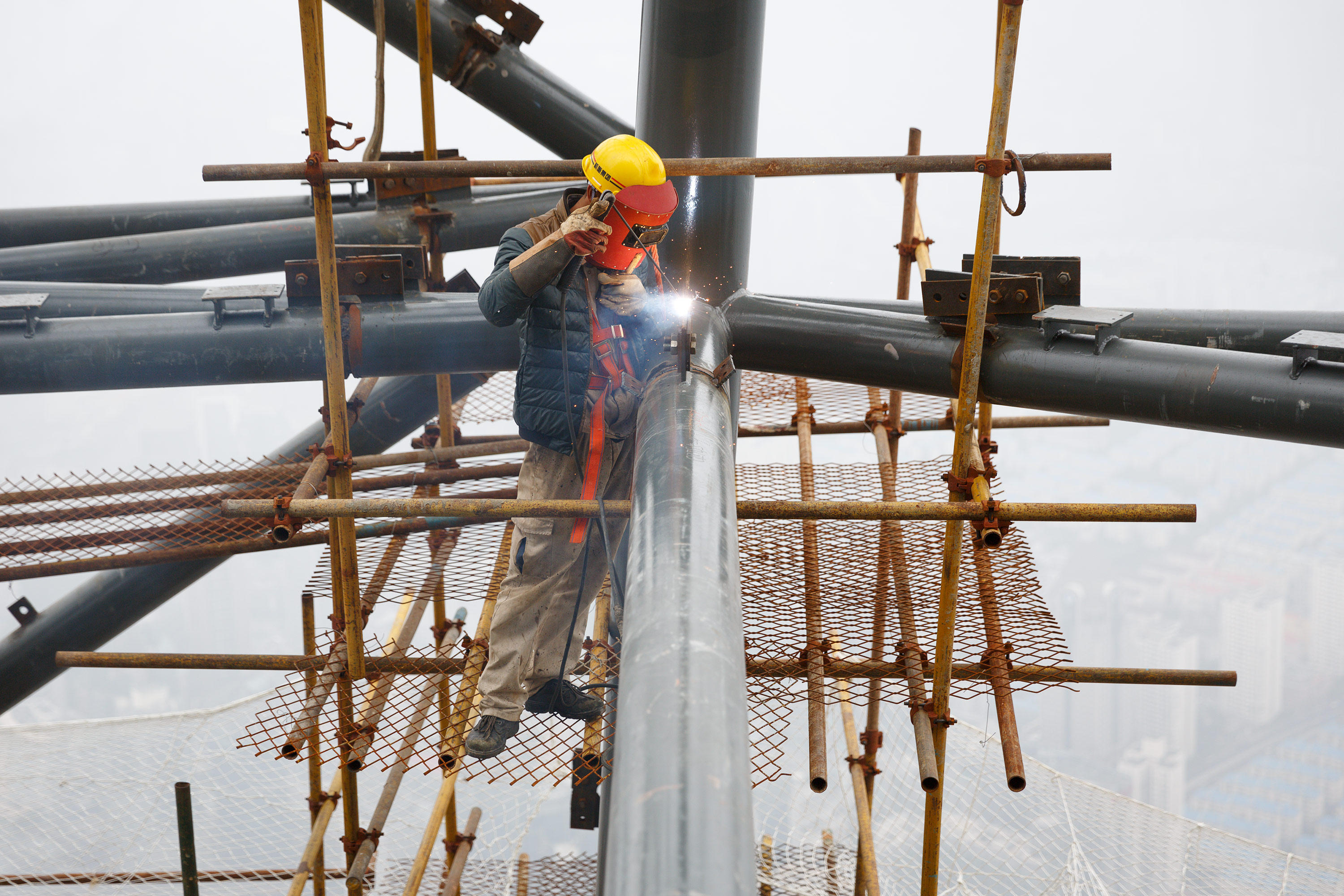
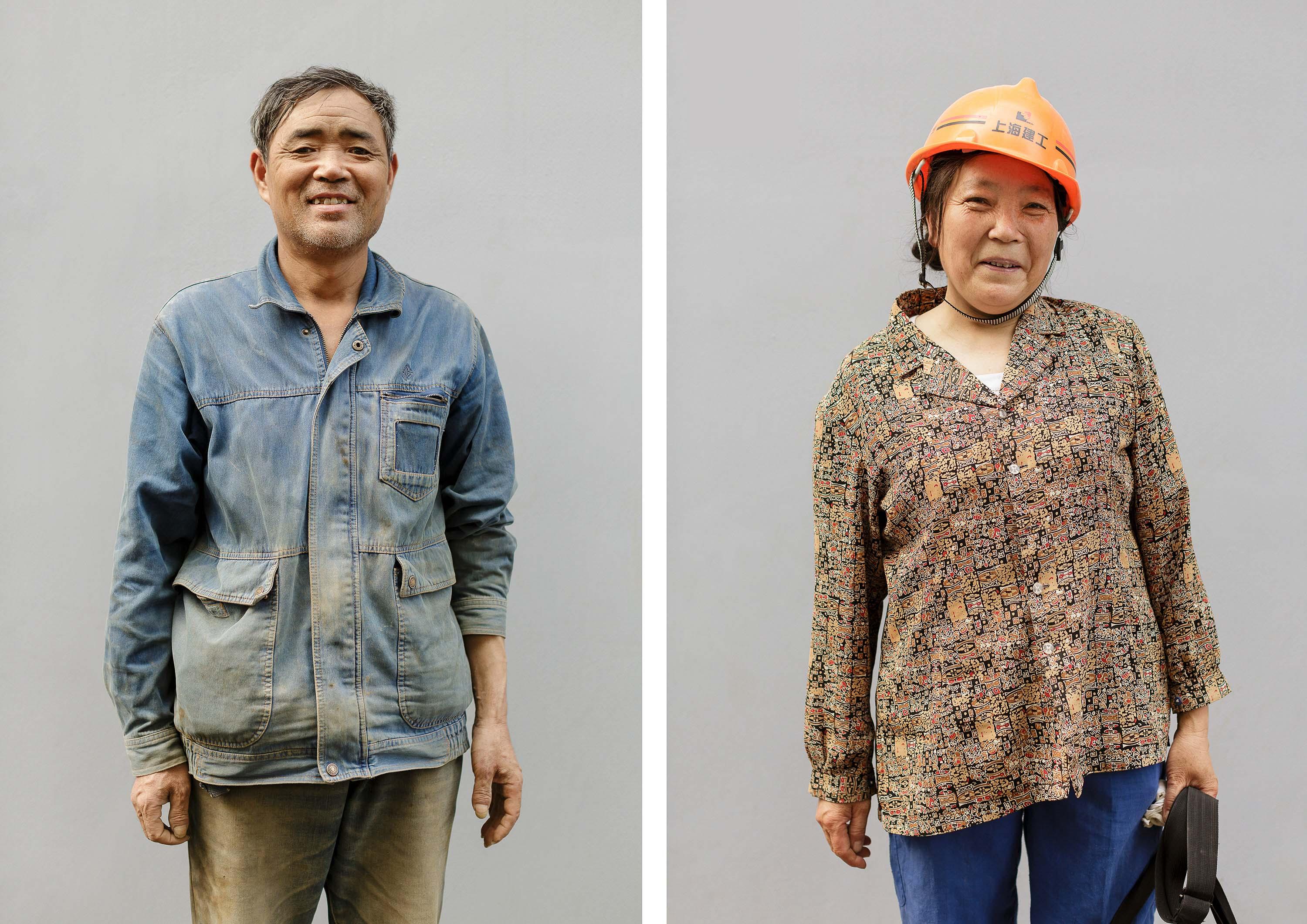
I’ve heard that you often photograph the sort of before or after moments – what’s missing, in the sense of it might be a politician on the way to a stage or an empty stage. Is that kind of approach important to you?
I think so. Often it’s interesting to step back a little and show a slightly wider view of the stage construct or whatever the subject is. It’s not hard to find a different angle.
What else would you say about your style?
I’m also definitely a bit obsessed with trying to create a historical record; being a photographer is a bit like being an archivist. I’m really interested in these passing seconds and moments. I like playing with time. If it’s a building, I use a special lens to make sure there is no distortion; that becomes very important to me. I want to present things as you see them, in the most natural way possible, but still with a heightened sense of incredible detail.

Photography is so unnatural – if you take 10 pictures in a second of the same face, all those micro moments are so different. So then we can take those micro slices and it kind of lives on. It’s such an unnatural experience but it’s incredibly powerful. To me it’s like what those pictures of my mum became after she died. They went from being these crappy 4x6 prints to these really weighty documents.
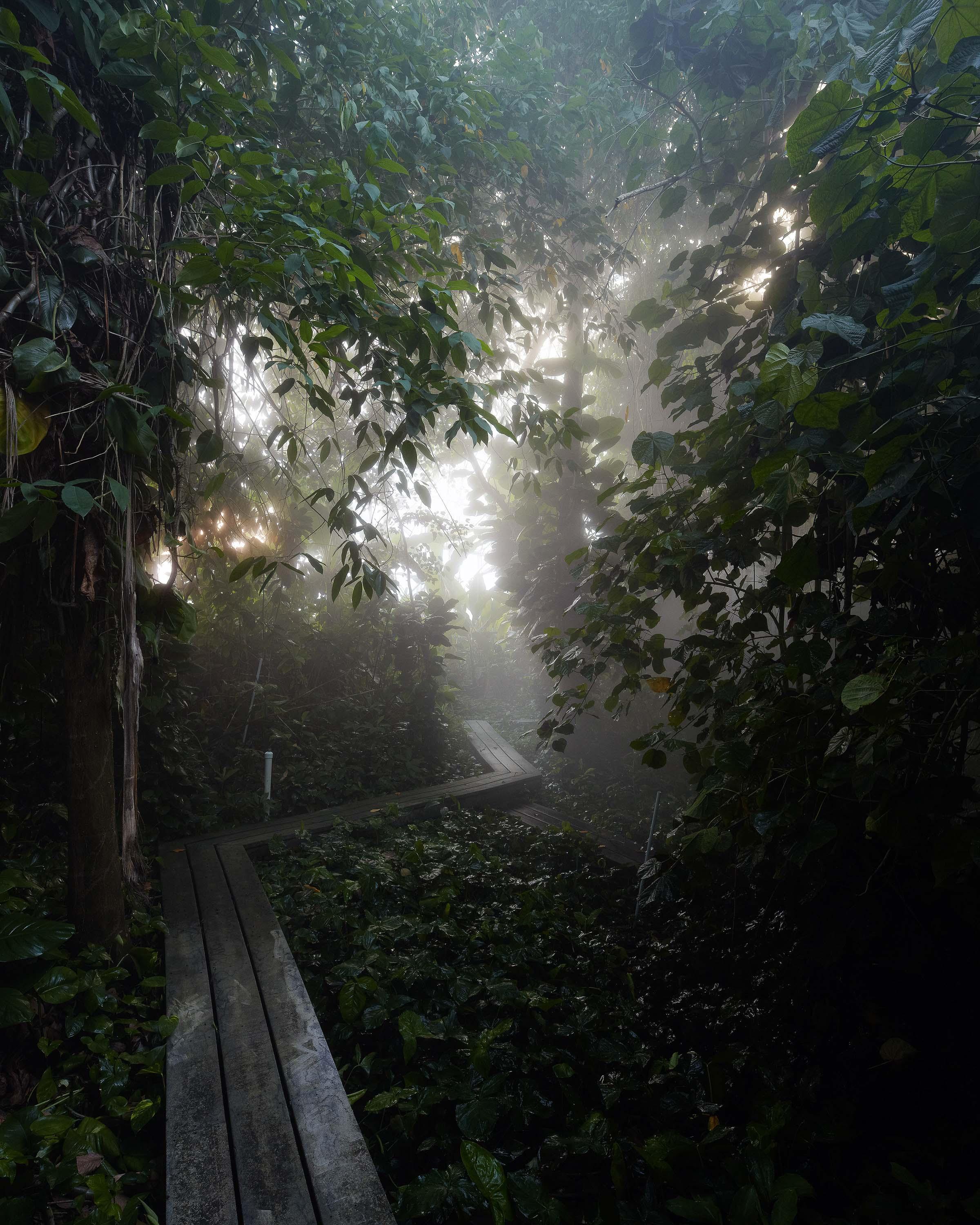
What things do you keep in mind when photographing people and places to get the image you want?
Definitely this sort of historical vision; I’m constantly trying to figure out how to make heroes more heroic without it being totally trite and clichéd.

What is life like for a foreign photographer in China?
It’s been great. I think having an outsider point of view is an incredible privilege. I see beauty in the everyday that people here often don’t see. I’ve also had some very funny situations: I’ll take a picture of an older building, and some elderly person will walk up to me and say “Don’t take a picture of that old, ugly building, take a picture of that new building. You’re trying to make China look bad”. People will sometimes be defensive. Or it might be “Don’t photograph the workers, just photograph the building”. That said, it’s been interesting and I’ve gotten to see amazing things here and witnessed this transformation. More often than not, people are excited to see someone express interest in them and see beauty in their neighbourhood.
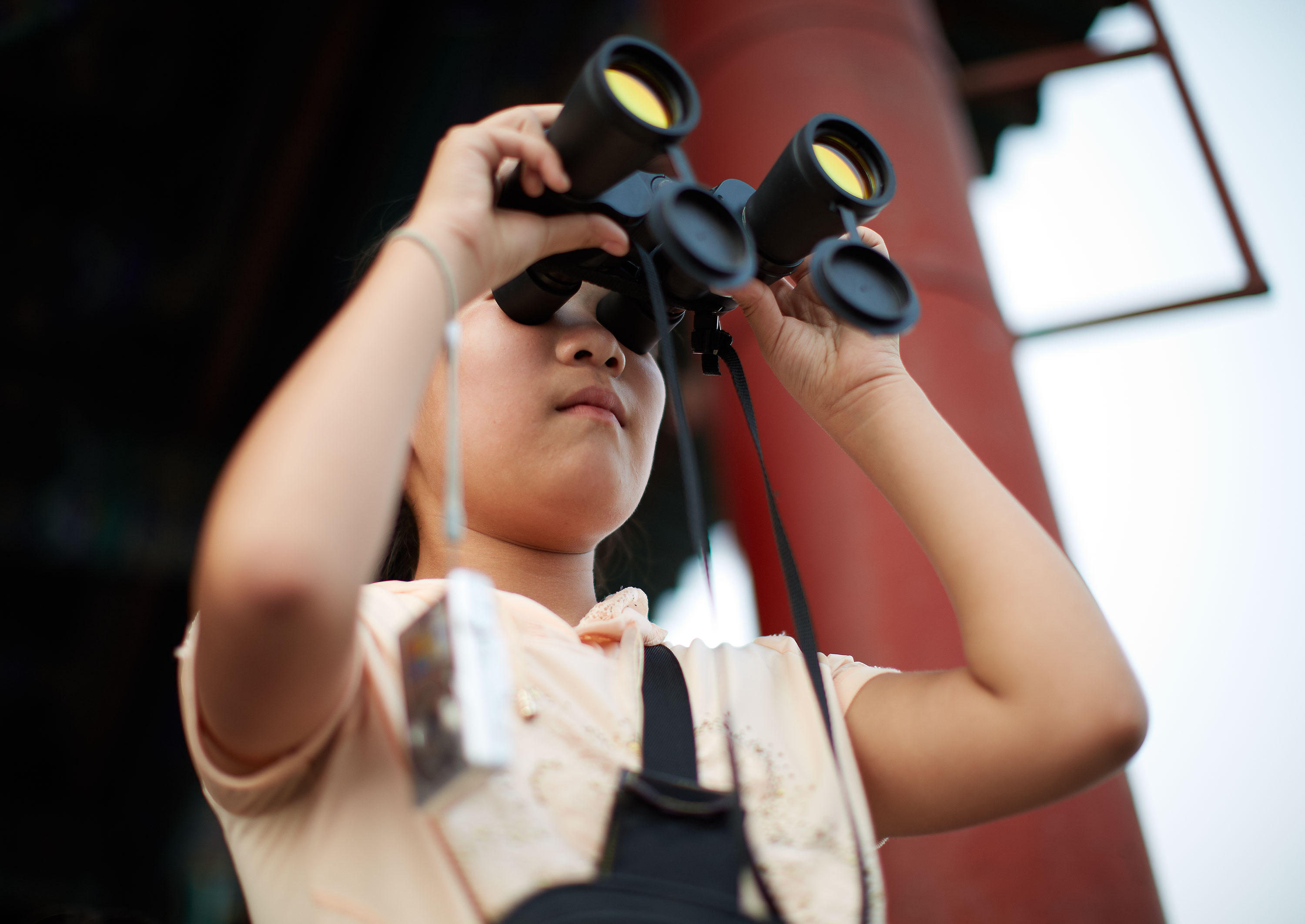
In terms of what you’re known for – when I look at the PRC Olympic Weightlifters images I’m blown away. I know you say you use a special lens to make sure it’s very accurate.
That was a project for Nike right before the athletes flew off to London for the 2012 Olympics. For this project, it was really hard to gain access to the training facility and get time with the team, but once we were allowed in the athletes and coaches were so cool and open. But I only had about five minutes max with each athlete. The stories were amazing too – some of them had only been lifting for a couple years and won gold, and almost all of the ones I photographed won medals.
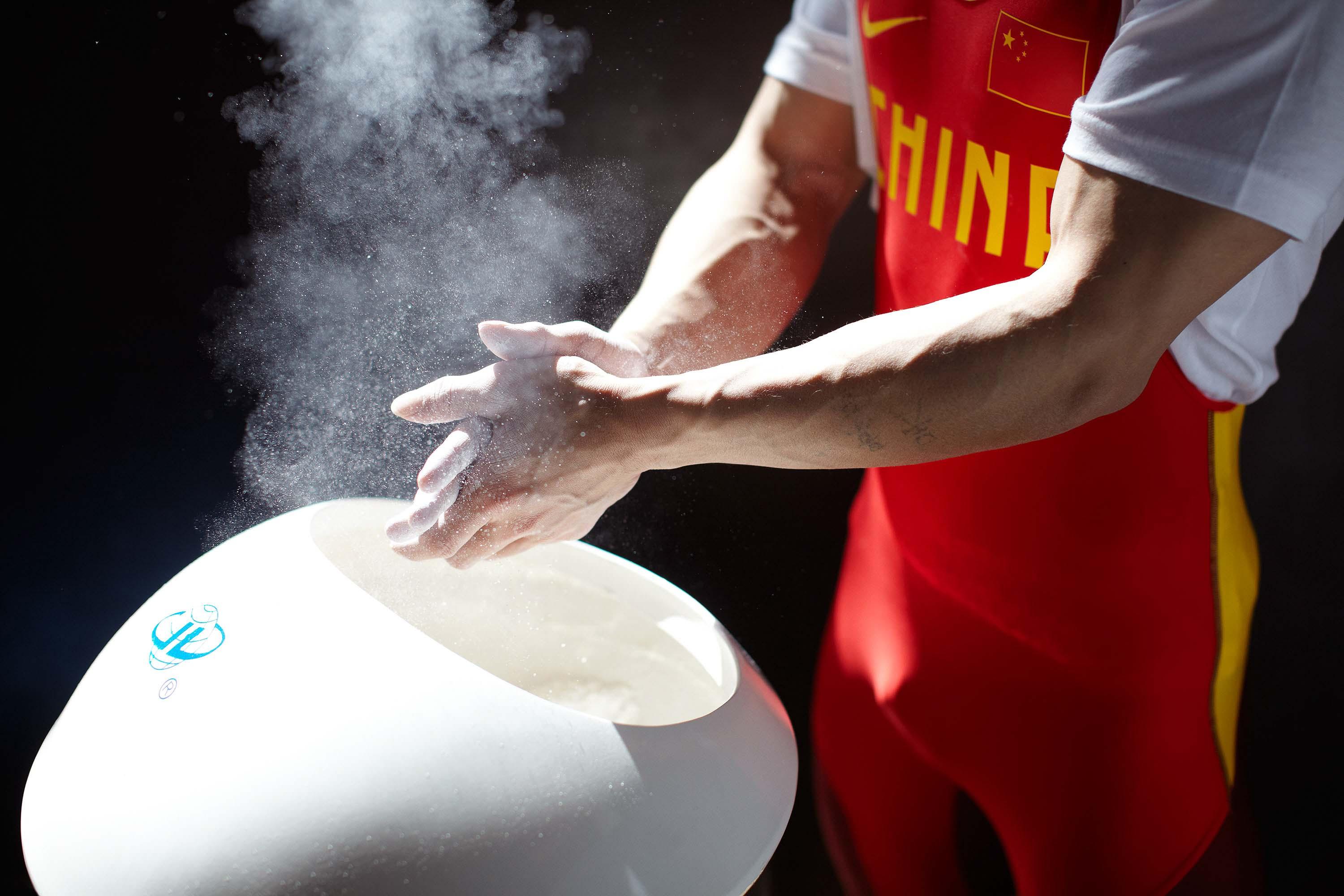
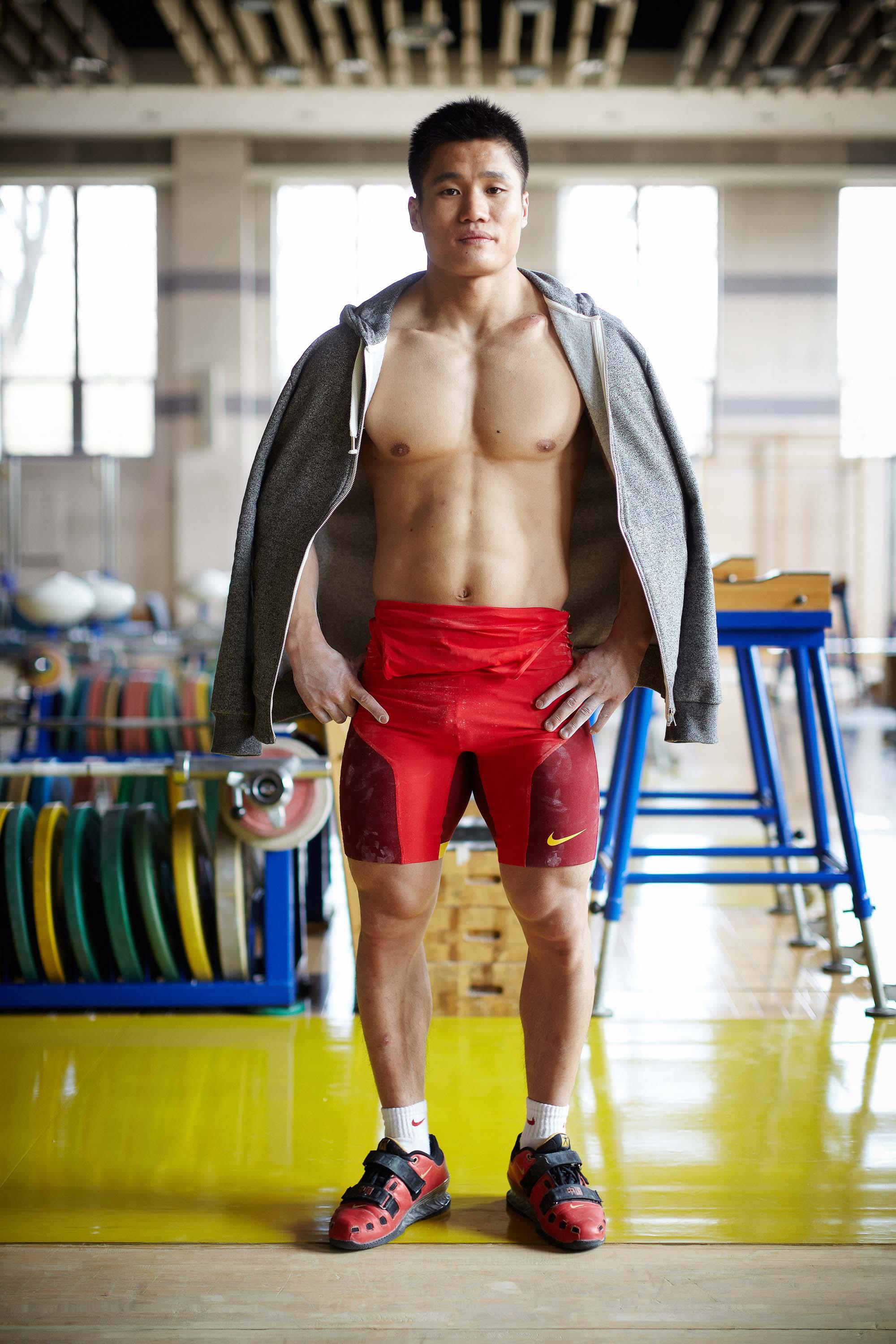
I see such clarity and purity In this project and your other images, that makes everything hyper detailed and intense, but very honest. What kind of response does your photography generally spark in people?
That’s definitely what I’m going for. I sort of tried very quickly to get people as natural as possible. Sometimes boredom works. You just have to really read your subject; just find the moment.
Though you’ve gravitated towards photography professionally, you still make sculptures and videos. Tell me about the series of documentary films you’ve been doing on the topic of labour in China.
I’m working on these documentaries about labour, on specific jobs. The idea of the ‘Work is’ series is to try to better understand China’s immense and varied labour force through personal narratives. I have been profiling jobs at a very granular and intimate level; looking at them through the perspective of an individual in a certain occupation. They have been interesting to make. I get to learn about how things work, also about how things are connected in much deeper ways. It’s incredible how personal stories can be allegories for much larger trends or truths. There’s one about a woman, Guo Gie, who recycles Styrofoam by collecting boxes from wet markets in Shanghai and selling them. She balances 50-60 bundles on a bicycle at a time and somehow manages to ride along the roads with the other traffic. She travels for hours at a time at night, with no side vision as she’s literally boxed inside this giant Styrofoam house around her.
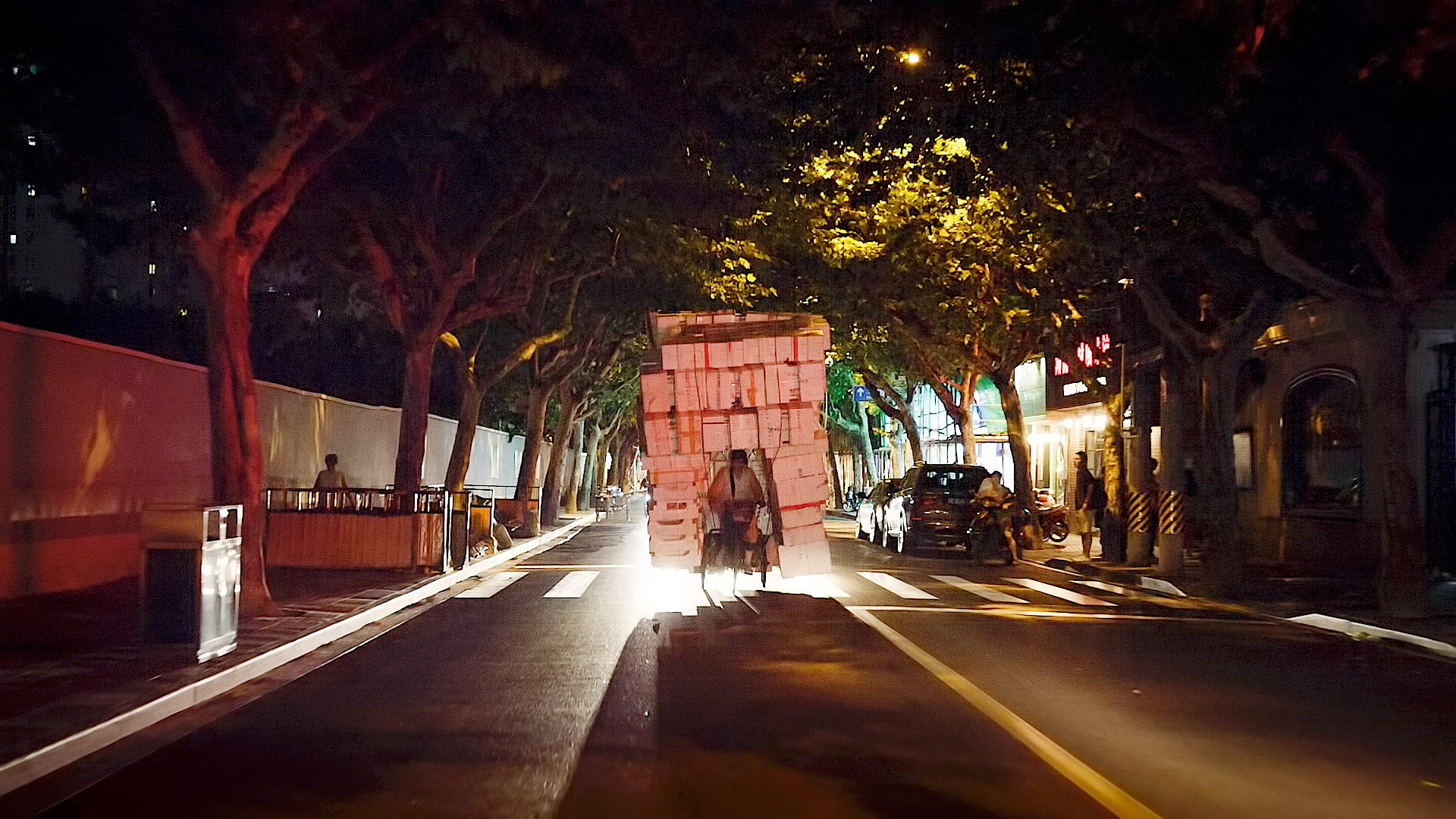
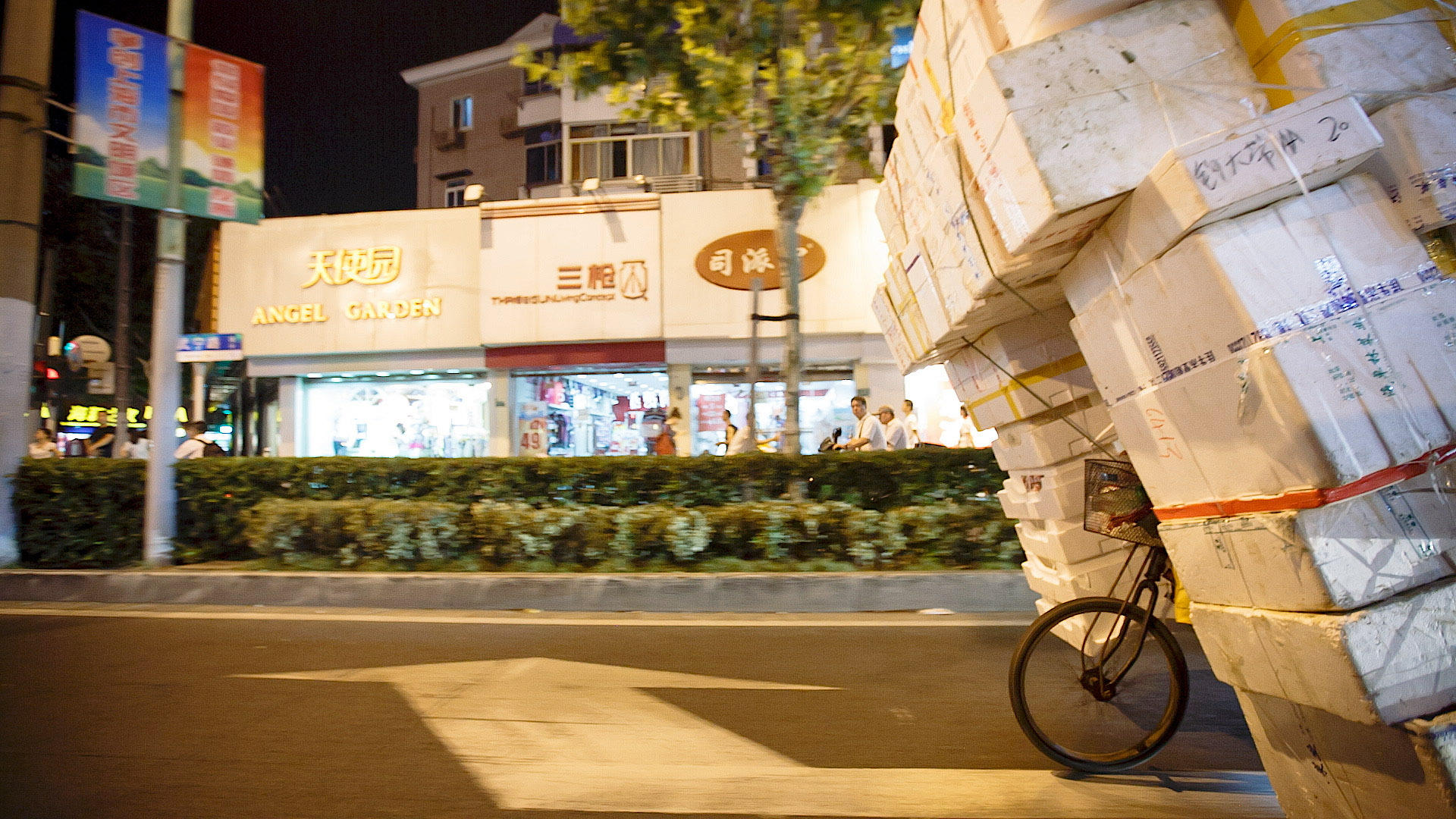
The Styrofoam film is insane. I’m astonished at what she manages to do. But her story is so moving too, as she started collecting boxes 17 years ago, leaving her family behind in the countryside. She gets to see her son once a year, at best, and once not for three years. It’s a very powerful film.
Yeah, it’s incredible, her son lives three hours away by train. For me, this is the condition at the heart of a huge portion of China’s labour force. Something like 35 per cent of its workforce are migrant workers. And there are an estimated 61 million children across the country ‘left behind’ in their rural communities by migrant parents. Another topic I’m focusing on is hair in China – I’ve been going to a wig factory and then also hair traders (the people who go around and buy hair from people and sell it to wig factories). I’m also doing something about a hair school. China kind of skipped regular bricks and mortar stores. E-commerce is huge here and some of the only small businesses you can do here without much education are either food related or hair salons, as people will always need these. So it’s kind of this amazing part of society where it’s this real stepping stone to a different lifestyle. It represents an amazing opportunity for people without much means to have upward mobility; it’s really interesting to me.
So how did the hair stories come about?
My mom had cancer when I was a kid and I remember going wig shopping with her after chemo. She realised she had the choice to buy one human hair wig or for the same cost she could get eight different fake hair wigs, and go for all these different styles and have fun with it. That definitely made such an impression and is what drew me to the wig factory. So then I was interested in the story of where the wig comes from, and that drew me to the hair traders who go to buy the hair from girls in the countryside. This then got me thinking about what happens in society. In factories, it’s amazing how many young workers tell me of their plans to go home and open up a hair salon.
These are all personal projects. That’s what I’ve been really passionate about. It’s also been good to do some film projects because it makes me remember what I love about photography – that it’s so great and powerful to be able to tell stories in such an immediate way.
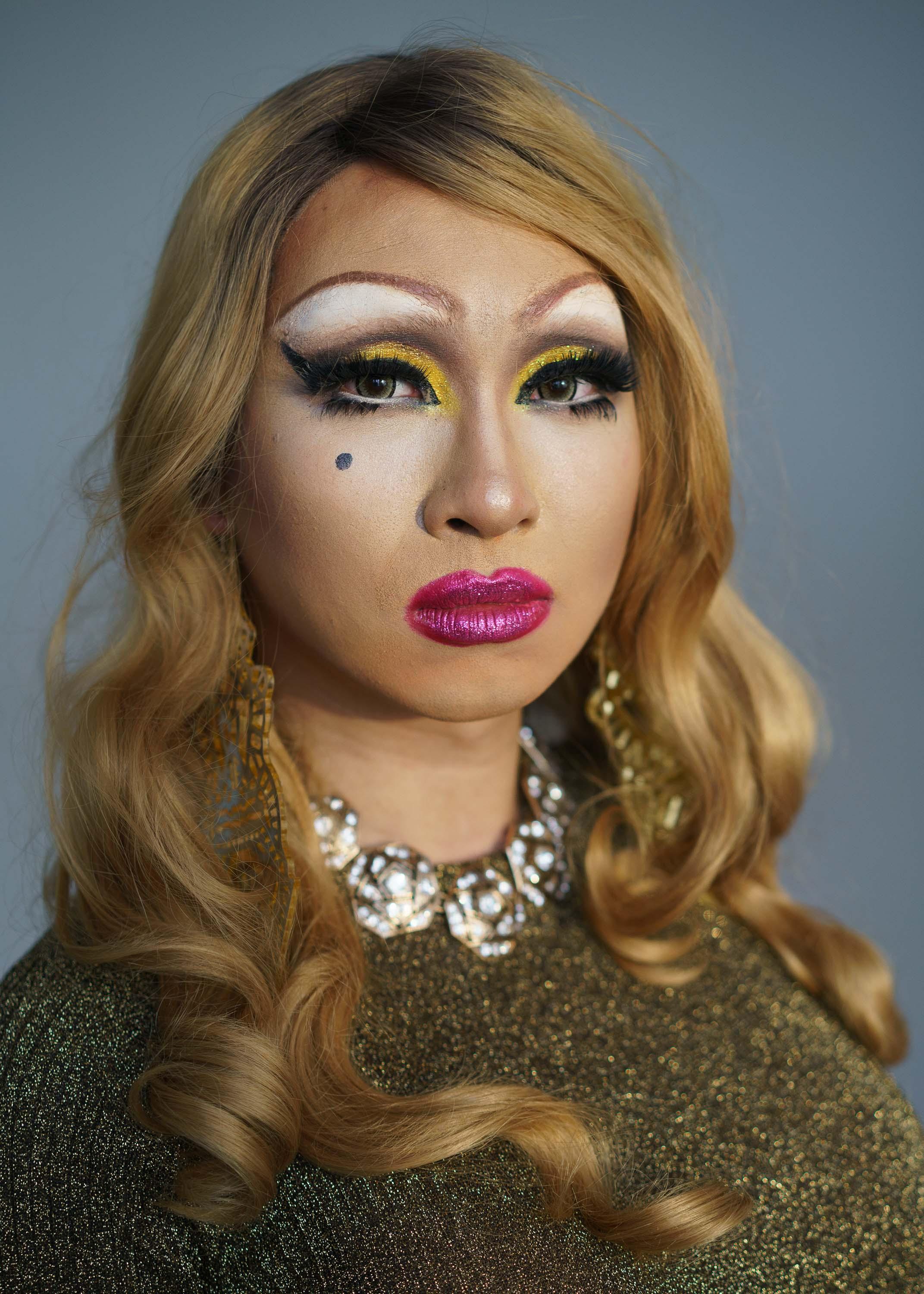
Noah is represented by Tea & Water Pictures, you can see more of his work here:
and at his own site
